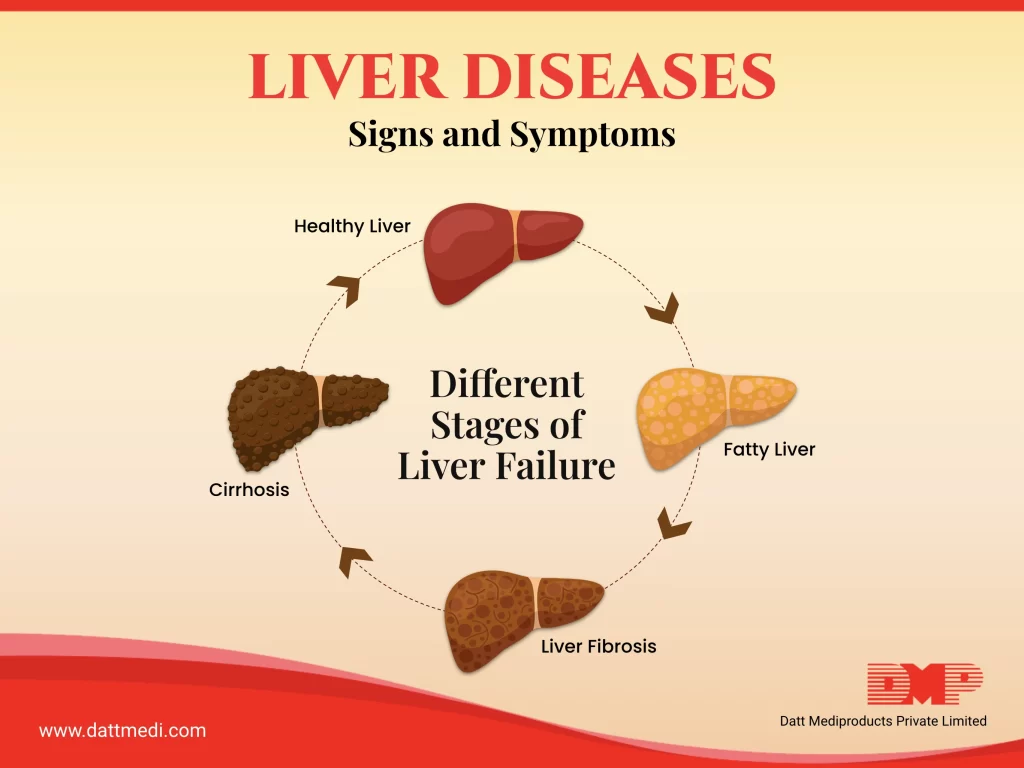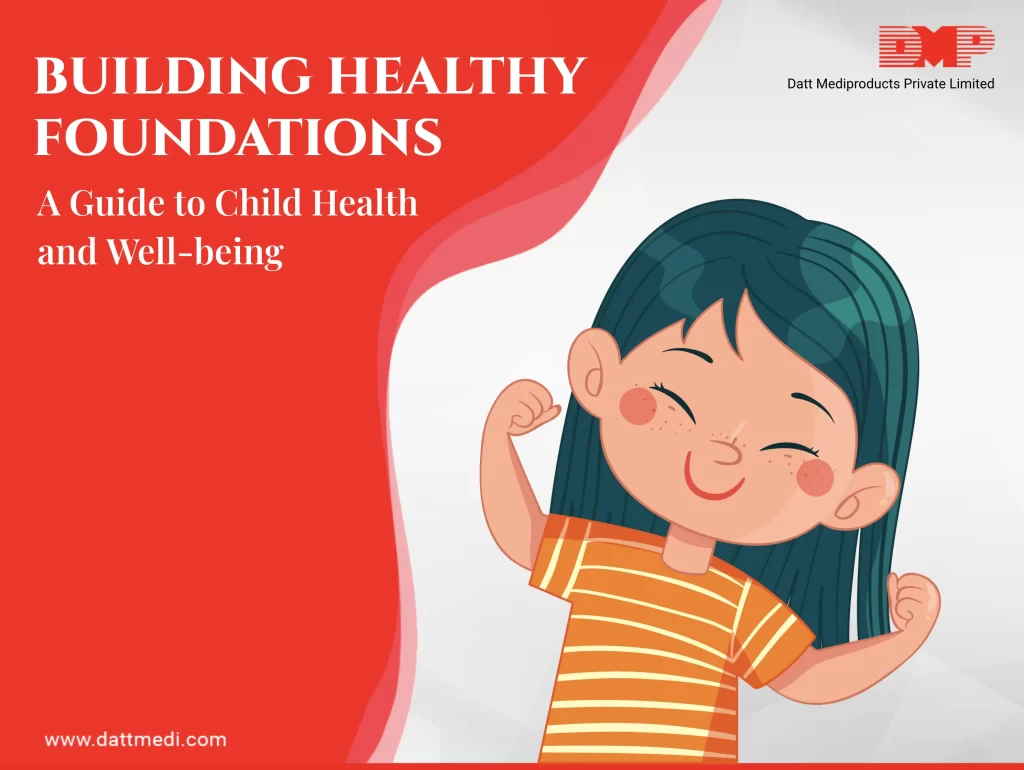
Liver is the largest internal organ of our body about the size of a football. It sits on the right side of our abdomen under the rib cage.
The liver performs some really essential functions in our body, such as :
1. Food digestion and nutrient metabolism for absorption in the intestine
2. Nutrients Storage
3. Proteins production
4. Blood detoxification by removing harmful substances from the bloodstream
5. Treating these toxins chemically to excrete them with the help of digestive and urinary systems
Do You Know?
The liver is also considered a Gland because of its functions and bile secretion.
Many diseases and conditions may disturb liver functions causing various kinds of illnesses. Liver diseases are also called Hepatic Diseases. The different types of liver disorders include hepatitis, cirrhosis, liver tumors, and liver abscess. Whatever type it may be, human liver gets affected in a progressive manner.
In this blog, we are going to talk about the initial stages of liver disease progression.
HEALTHY LIVER:
A healthy liver performs some critical bodily functions. Apart from the few mentioned above, the liver helps fight infections, cleanses the blood, digests food, and stores energy for further use. A healthy liver has an astounding capacity to regenerate itself. It may be noted than 75% of liver tissue needs to be affected before its functions get hampered.
FATTY LIVER:
A non-alcoholic fatty liver disease relates to the accumulation of fat within the liver. The liver becomes inflamed, tender, and enlarged, thereby, resulting in a gradual decrease in its function.
LIVER FIBROSIS:
An inflamed liver if left untreated may progress to scar. Excess scar tissue eventually replaces healthy liver tissue, the condition called Fibrosis. The normal functioning of the liver gets affected by a reduced blood supply and a growing scar tissue. If diagnosed at this stage, there are still some chances that the liver will heal itself over a period of time.
CIRRHOSIS:
Cirrhosis is an advanced stage of liver scarring when hard scar tissue replaces a soft healthy liver tissue. If left untreated, the liver will fail to lose its functionality. At this stage of liver disease, it is important to protect the leftover healthy liver tissue.
People with Cirrhosis may bleed or bruise easily, there may be water retention in legs and/or abdomen, with an intense itchy skin, jaundice, experience general fatigue, blood vessels supplying blood to the liver may burst because of blockage.
Apart from these issues, toxins may build up in the brain causing difficulty in concentrating, memory, sleeping, or other mental functions. People with Cirrhosis may also develop an extra sensitivity to medications, with side effects, and may also become insulin resistant and develop type-2 diabetes.
While there are no effective treatments for liver cirrhosis, disease progression may be reduced by avoiding alcohol consumption.
End-stage liver disease (ESLD), liver cancer, and liver failure are few of the serious advanced stage conditions that can threaten your life. We will discuss these illnesses in our next blog. Stay updated with us @dattmediproducts and take care of your liver.




